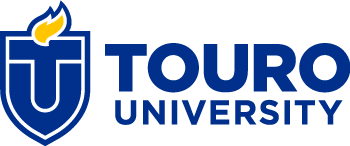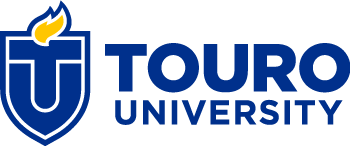A Campus at the Crossroads of the World
Since seating its first class in New York City in 1971, Touro University has opened academic programs all over the world. Now, it has consolidated most of its Manhattan operations in a high-rise in the iconic Times Square.

The words “college campus” typically conjure up an idyllic scene of ivy-covered buildings shaded by towering oaks and connected by brick walkways.
But at Touro University, its new main campus in the heart of New York City is something much different. It’s surrounded by busy streets and sidewalks, thronged by tourists and office workers, lit up by digital billboards and located at the crossroads of the world: Times Square.
The Touro Cross River Campus at Times Square, which opened in January, brings together eight of the university’s world-class schools in a modern high rise-building that meets the needs of its students and faculty. The high-profile address also gives Touro significantly more visibility and poises it for further growth.
“It’s a real New York urban experience,” university President Alan Kadish, M.D., said. “But those are our students.
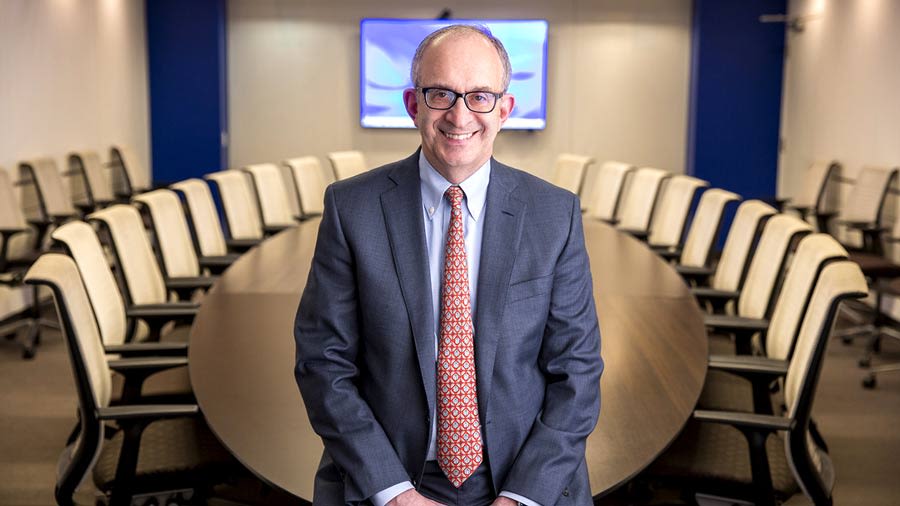
11 floors, 300,000 square feet
Touro’s new main campus — a building within a building — is located inside 3 Times Square, a 30-story skyscraper owned by the Rudin Family, which holds one of New York’s largest private real estate portfolios.
The building was constructed in 2001 for Reuters, the news agency that still occupies space there, and stands in a bustling part of Manhattan. Two Broadway theaters are within about 100 yards. Across the street is the Nasdaq stock exchange; on another corner is a Hard Rock Cafe.
Touro’s students, faculty and staff enter their new campus through a dedicated first-floor lobby at the corner of 7th Avenue and 43rd Street. A grand stairway and elevators lead to the second-floor sky lobby, where there’s a lounge and an elevator bank for Touro’s use only that leads to the upper floors of the campus.
Touro occupies floors 2 through 11 and a total of 300,000 square feet. Its facility has classrooms and labs, a library, auditoriums, student lounges and a kosher cafe — all brand new and state of the art. Newly-constructed internal and private stairways connect each floor so students don’t have to take the elevator everywhere they go. Many spaces on higher floors offer views of the bright lights of Times Square.
Touro’s new campus is now home to the Graduate School of Education, the Graduate School of Social Work, the Graduate School of Technology, and the Graduate School of Jewish Studies. It also houses the New York School of Career and Applied Studies undergraduate programs and several programs from the School of Health Sciences, including nursing, occupational therapy and physical therapy. Arriving later this spring are the Touro College of Pharmacy, the Graduate School of Business and two more School of Health Science programs: Physician Assistant and Doctor of Psychology in Clinical Psychology.
Once all the programs have moved in, Touro leaders estimate that up to 3,000 students, faculty and staff will be learning, working and researching there, making it the university’s largest campus.
The new campus is known as the Cross River Campus of Touro University after Cross River Bank provided a naming gift in 2022. Gilles Gade, the founder and CEO of the New Jersey bank, sits on Touro’s board of trustees.
“Touro’s operations and planning department, working with the landlord and the builder, did a phenomenal job,” Kadish said. “The result is a gorgeous facility.”
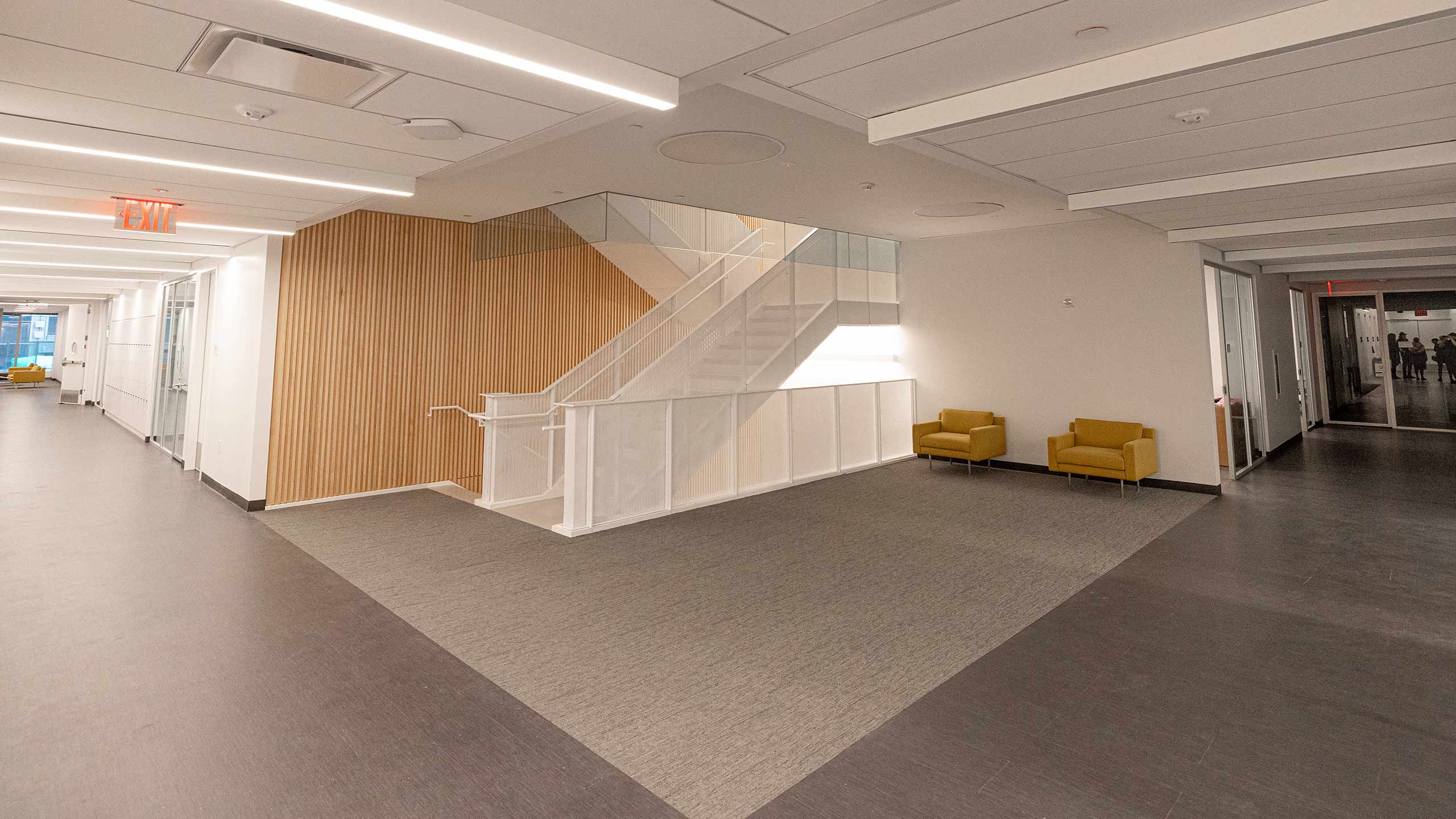
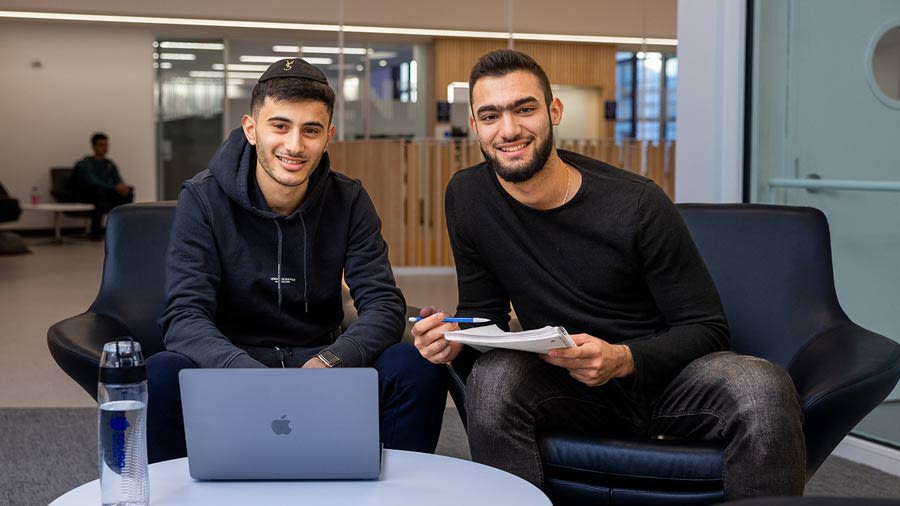
The right choice for Touro
Since it held its first class in Manhattan in 1971, Touro has grown into one of the nation’s top non-profit institutions of higher and professional education under Jewish auspices and an emerging leader in medical and health care education. To meet the needs of society and its 19,000 students, Touro has expanded to 35 locations across the globe.
Touro’s expansion began with adding undergraduate and graduate programs in Brooklyn and Queens. It later opened a law school on Long Island, a medical school in Harlem and a dental school just north of the city on the campus of New York Medical College, which it acquired in 2011. It has established campuses in the Midwest, on the West Coast and in Europe. Touro acquired a notable biomedical research facility in New Mexico last fall. It remains on schedule to launch its new osteopathic medical school in Montana this summer.
But New York City has always been home. Before 3 Times Square, Touro owned or leased more than 1 million square feet throughout the city. In recent years, Touro leaders envisioned combining most of its Manhattan operations into one central campus.
Multiple factors drove this consolidation. The university wanted better and more modern facilities. It wanted to offer students and faculty more opportunities to collaborate on teaching and research between disciplines. It wanted undergraduate students to gain more direct exposure to graduate school programs that could open up new career paths. And it wanted a central location to make it more convenient for Touro’s New York students, most of whom live in Manhattan, Brooklyn, Queens or northern New Jersey and take buses, trains and subways to get to class.
“Education has become competitive, and commuting is a piece of that competition for a school like ours,” Kadish said. “The most important thing is for people to spend more time on what they’re there for as opposed to other things, such as commuting. That’s why it’s important to have a place that’s easy to get to.”
When 3 Times Square became available, it checked all of Touro’s boxes and then some. It provided a separate lobby in a building-within-a-building structure, which allowed for utmost security for students, faculty and staff. Additionally, the building had high ceilings and no pillars that allowed Touro to create large open spaces and auditoriums that older buildings couldn’t accommodate. Because this facility was so new, it had the infrastructure to support Touro’s lab, data and technology needs.
Touro considered several other locations for its new campus. But Times Square turned out to be Touro’s first choice — and the right choice.
“It required people to take a few seconds to get used to the idea because it was unusual,” Kadish said. “It’s not a campus in a traditional sense, but it’s a welcoming space and a place people are excited about coming to.”
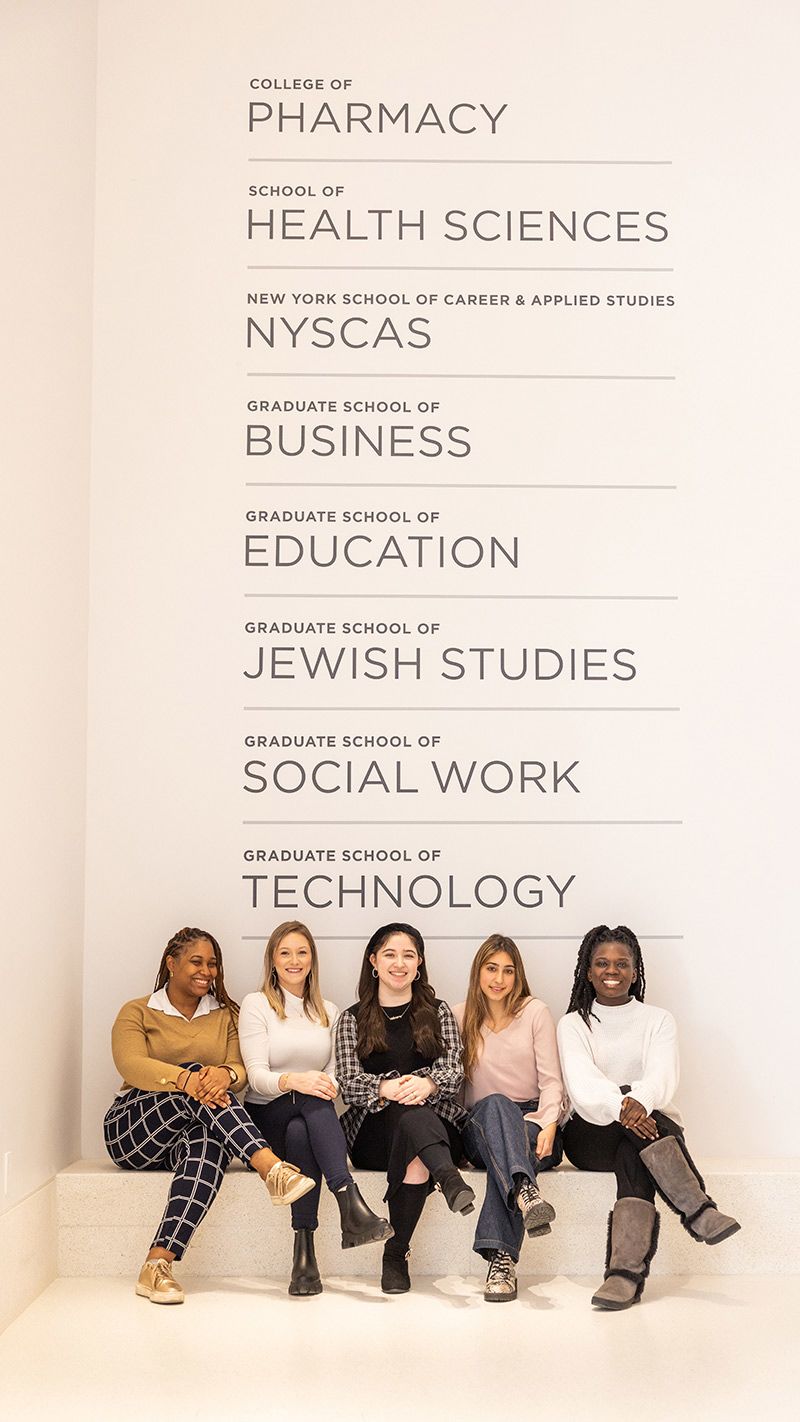
Putting Touro on the map
With its main campus in Times Square, Touro is now more visible than ever.
The Touro sign can be seen throughout Times Square, which exposes the university to an audience of New Yorkers and out-of-towners who might not have known about it otherwise. Touro believes this higher-profile location will provide many positive benefits to the university and could increase enrollment. As a result, Touro made a long-term commitment to Times Square by signing a 30-year lease.
“It says we’re committed to our students and to the future,” Kadish said. “With a state-of-the-art facility and technology, it says we believe in the future of New York. The recovery from the pandemic will continue to happen, and Touro will be part of building the urban landscape in midtown Manhattan.”
Students and faculty have been in the building less than three months, and the reviews have been glowing.
“There were some students who were thinking about whether they should take courses in person or online. Once they came in and saw the place, they said they wanted to be here,” Kadish said. “That’s the greatest compliment we could have received.”
This content is sponsored by Touro University and produced by Inside Higher Ed's sponsored content team. The editorial staff of Inside Higher Ed had no role in its preparation.

